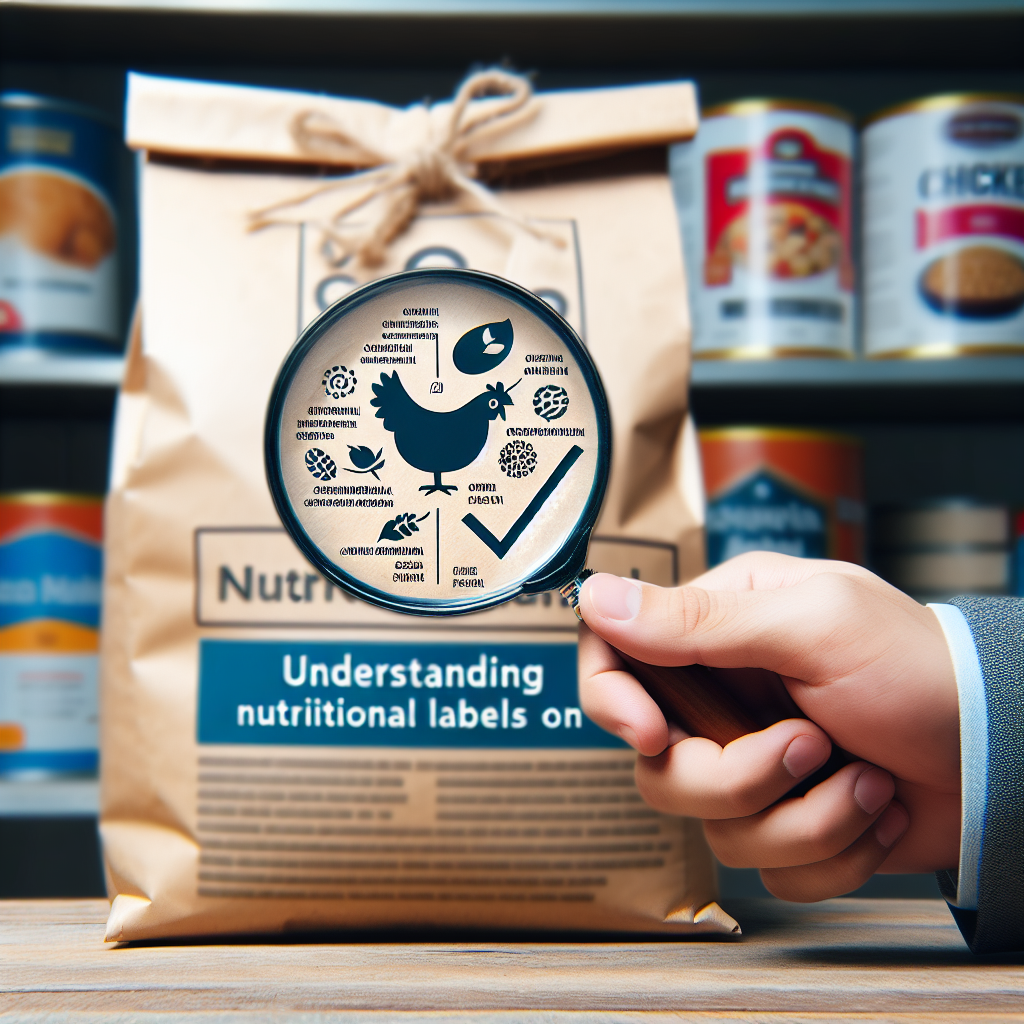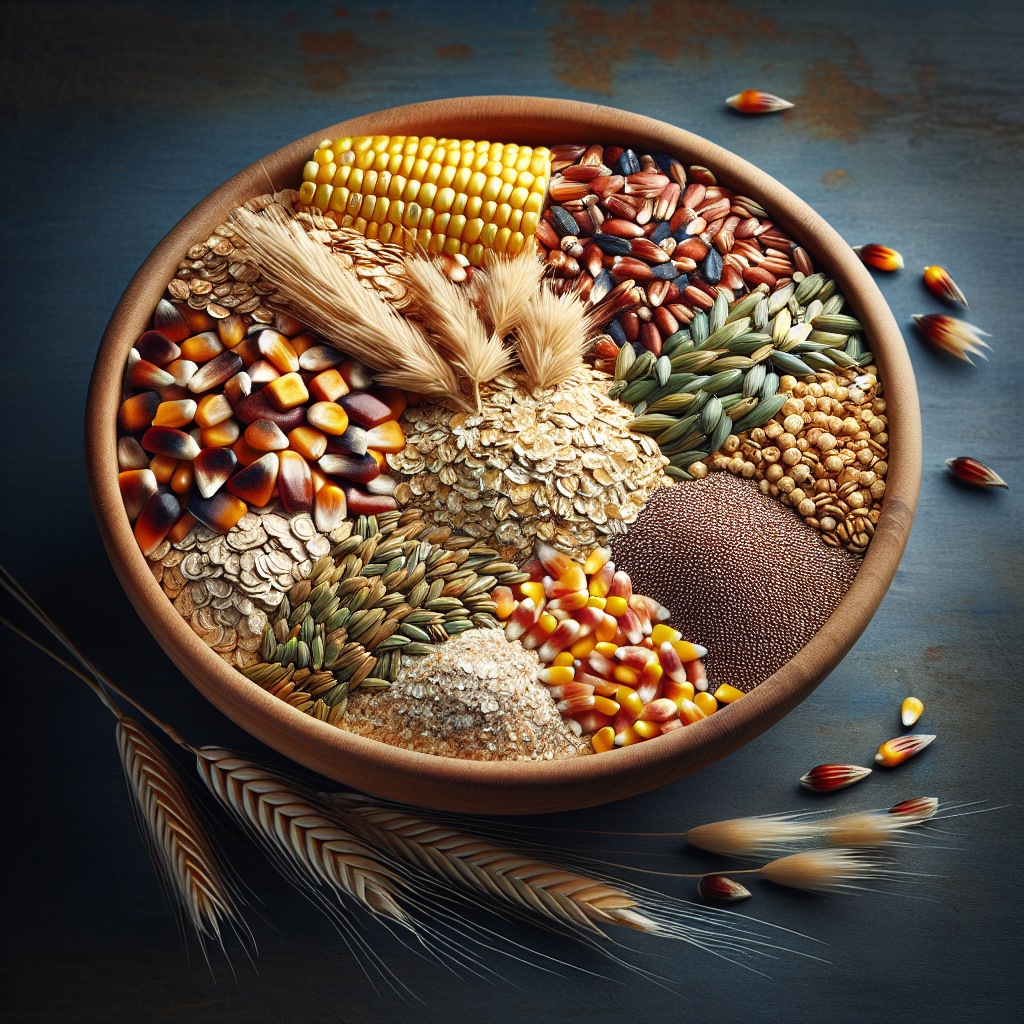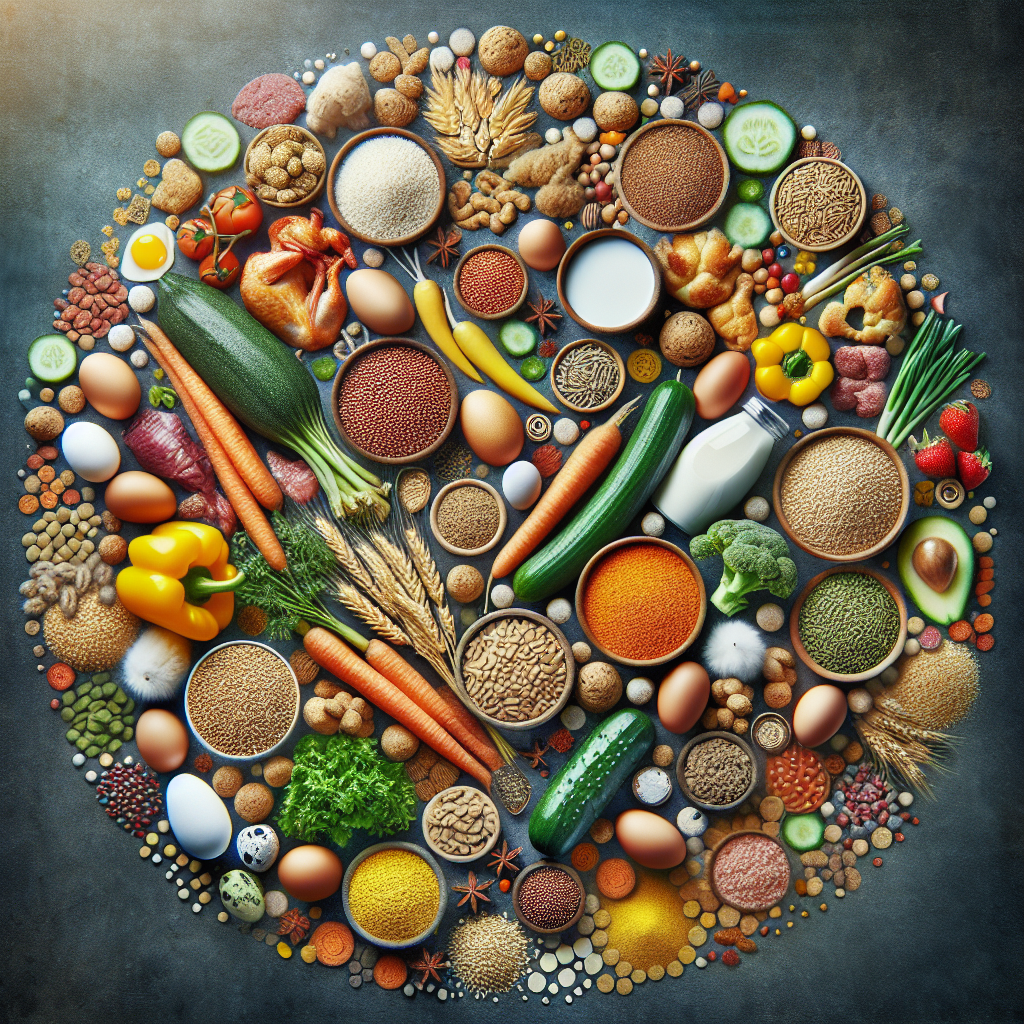If you’ve ever found yourself staring at the nutritional labels on commercial chicken feed bags, wondering what all those numbers and percentages mean, fret no more! This article aims to demystify those labels and help you gain a clear understanding of what exactly you are feeding your beloved flock. With a friendly tone and easy-to-follow explanations, we’ll break down everything you need to know about interpreting these labels, ensuring your chickens receive the balanced diet they deserve.
The Importance of Understanding Nutritional Labels on Chicken Feed Bags
Why You Should Care About Nutritional Labels
When it comes to raising healthy and happy chickens, understanding the nutritional labels on chicken feed bags is essential. Just like humans, chickens require a well-balanced diet to thrive and stay in good health. By paying attention to the nutritional information provided on chicken feed bags, you can ensure that your flock receives the necessary nutrients to support their growth, development, and overall well-being. Neglecting to understand these labels may result in nutrient deficiencies or imbalances, leading to poor egg production, weakened immune systems, and other health issues for your chickens.
How Nutritional Labels Can Help You Safeguard Your Chickens’ Health
Nutritional labels provide valuable information about the composition of chicken feeds, allowing you to make informed decisions when it comes to selecting the best feed for your flock. By carefully analyzing these labels, you can ensure that the feed you choose provides the right balance of essential nutrients, such as proteins, fats, carbohydrates, vitamins, and minerals. Understanding these labels also helps you identify potential allergens or undesirable ingredients that may be harmful to your chickens. By using nutritional labels as a guide, you can safeguard your chickens’ health and well-being, leading to happier and more productive birds overall.
Decoding the Nutritional Information on Chicken Feed Bags
Understanding Serving Size and Daily Feeding Recommendations
The serving size indicated on the chicken feed bag informs you of how much feed to provide to your chickens during each meal or feeding session. It is important to follow the recommended serving size to avoid overfeeding or underfeeding your flock. In addition to the serving size, the daily feeding recommendations provide guidelines on the total amount of feed to offer your chickens throughout the day based on their age, size, and activity level. Following these recommendations ensures that your chickens receive the right amount of nutrients to meet their daily dietary needs.
Analyzing the Ingredient List
The ingredient list on a chicken feed bag provides valuable insights into the composition of the feed. It lists the feed’s ingredients in descending order by weight, with the most abundant ingredient appearing first. Take note of any specific ingredients you may want to avoid, such as allergens or additives that you believe may be harmful to your chickens. Understanding the ingredient list allows you to make informed decisions and select feeds that align with your chickens’ dietary needs and your personal preferences.
Identifying the Essential Nutrients
The nutritional labels of chicken feed bags highlight the essential nutrients contained in the feed. Key nutrients to look for include proteins, fats, carbohydrates, vitamins, and minerals. Proteins are crucial for muscle development, feather growth, and egg production, while fats provide a concentrated source of energy. Carbohydrates serve as an additional energy source, and vitamins and minerals support various bodily functions. By identifying the essential nutrients in chicken feed, you can ensure that your flock receives a balanced diet that meets their specific needs.
Examining the Guaranteed Analysis
The guaranteed analysis section of the nutritional label provides information about the minimum and maximum levels of certain nutrients in the feed. This analysis helps you understand the nutrient content of the feed and compare different brands or formulations. Pay attention to the levels of protein, fiber, fat, vitamins, and minerals, as these quantities can vary significantly between different feeds. By examining the guaranteed analysis, you can choose feeds that align with the specific dietary requirements of your chickens and support their overall health.
Differentiating Between Crude Protein and Digestible Protein
Chicken feed labels often feature both crude protein and digestible protein values. Crude protein refers to the total amount of protein present in the feed, including both digestible and indigestible forms. On the other hand, digestible protein refers to the portion of protein that can be easily absorbed and utilized by the chickens’ bodies. Understanding the difference between these two values can help you assess the feed’s protein quality and ensure that your chickens receive the necessary amino acids for growth, feather health, and egg production.
Evaluating the Fat Content
Fat is an important component of chicken feed as it serves as an energy source and helps with nutrient absorption. The fat content listed on the nutritional label provides insights into the feed’s energy density and can influence your chickens’ overall health and productivity. Too little fat in the diet may result in reduced energy levels, while excessive fat can lead to weight gain and related health issues. Evaluating the fat content allows you to select feeds that provide an appropriate amount of energy for your chickens without leading to adverse effects on their health.
Assessing the Fiber Content
Fiber plays a vital role in the digestive health of chickens. It aids in the proper functioning of the digestive tract and prevents issues such as constipation or impaction. The fiber content listed on the nutritional label gives you an indication of the feed’s fiber content. It is essential to select feeds that contain an appropriate amount of fiber to promote healthy digestion and prevent digestive problems in your flock.
Considering the Mineral Composition
Minerals are crucial for various bodily functions in chickens, including bone development, eggshell formation, and muscle contraction. The mineral composition listed on the nutritional label provides information about the presence and levels of key minerals such as calcium, phosphorus, potassium, and magnesium. Paying attention to these mineral levels enables you to choose feeds that support optimal bone health, eggshell strength, and overall mineral balance in your chickens.
Understanding the Vitamin Content
Vitamins are essential for the overall health and well-being of chickens as they play crucial roles in immunity, growth, and metabolism. The vitamin content indicated on the nutritional label lets you know which vitamins are present in the feed and their respective quantities. Ensure that the feed provides a balanced array of vitamins, including vitamin A, vitamin D, vitamin E, and the B-complex vitamins, to support your chickens’ overall health and vitality.
Taking Note of Additives or Supplements
The nutritional label may also highlight any additives or supplements included in the feed. Additives could include medications, preservatives, or flavor enhancers, while supplements might include probiotics, prebiotics, or other additives meant to enhance the feed’s nutritional value. Understanding the additives or supplements present in the feed allows you to make informed decisions and select feeds that align with your flock’s specific needs.
Evaluating the Quality of Chicken Feed
Choosing the Right Brand
The quality of chicken feed can vary significantly between different brands. Opting for reputable and trusted brands can help ensure that the feed you provide to your chickens is of high quality and meets industry standards. Look for brands that have a track record of producing nutritious and reliable feeds that have been tested for quality and safety.
Comparing Different Feed Options
It can be helpful to compare different feed options available in the market. Analyzing the nutritional labels of various feeds side by side allows you to identify the similarities and differences in their nutrient profiles and ingredients. This comparison enables you to make an informed decision based on your chickens’ specific dietary requirements and preferences.
Determining the Feed’s Freshness and Quality
In addition to analyzing the nutritional label, it is important to evaluate the freshness and overall quality of the feed. Check for signs of spoilage, such as an off odor or unusual appearance. Look for a manufacturing or expiration date on the bag to ensure that the feed is fresh and hasn’t been sitting on the shelf for an extended period. Freshness and quality play a significant role in the feed’s overall nutritional value and appeal to your chickens.
Common Misconceptions and Pitfalls to Avoid
Being Wary of Misleading Marketing Claims
When analyzing nutritional labels, it is crucial to be wary of misleading marketing claims. Some brands may use catchy phrases or buzzwords that suggest their feed is superior without providing substantial evidence. Instead of solely relying on marketing claims, focus on the information provided in the nutritional label to assess the feed’s actual nutritional value and suitability for your flock.
Avoiding Overreliance on Corn and Soy-Based Diets
Corn and soy are commonly used as ingredients in chicken feeds due to their affordability and availability. However, it is important to avoid overreliance on these ingredients as the sole source of nutrition for your chickens. While they provide certain nutrients, an overemphasis on corn and soy-based diets may lead to imbalances in other essential nutrients. Look for feeds that incorporate a variety of ingredients and provide a more balanced nutritional profile for your chickens.
Steering Clear of Feeds with High Levels of Fillers or By-Products
Some chicken feeds contain high levels of fillers or by-products, which may not provide adequate nutrition for your flock. Fillers are low-cost ingredients that add bulk but contribute little nutritional value, while by-products can vary widely in quality and nutritional content. To ensure the health and well-being of your chickens, avoid feeds with excessive fillers or by-products and prioritize feeds with a higher concentration of essential nutrients.
By understanding and interpreting the nutritional labels on commercial chicken feed bags, you can make well-informed decisions to safeguard the health and well-being of your flock. Paying attention to serving sizes, analyzing ingredient lists, and evaluating the nutrient content empowers you to select feeds that provide the necessary nutrients for optimal chicken health. Additionally, considering the quality of the feed and avoiding common pitfalls allows you to prioritize the nutritional needs of your chickens and contribute to their overall vitality. Your dedication to understanding nutritional labels will undoubtedly make a positive impact on the health and happiness of your feathered companions.




